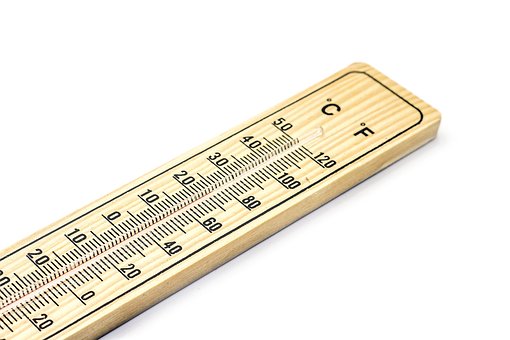The formula to convert C to 37c to F
- 37c to F = C x (9/5) +32
- F = 37 x (9/5) +32
- = 7.4×9 + 32
- = 66.6 + 32
- = 98.6
Thus, 37c to F degrees Celsius equals 98.6 degrees Fahrenheit.
- Conversion
- You can convert temperature by multiplying 37c to F times 9 over 5.
- Add 32 to 66.6 to get 98.6 degrees Fahrenheit.
- It is easier to use our converter.
Our website offers similar temperature conversions:
- 40 fahrenheit to celsius
- 40 Celsius to Fahrenheit
- 41 fahrenheit to celsius
What is the difference between 37c and F?
- We have so far used the exact formula to convert 37c to F. The approximation formula described on our homepage is often sufficient to meet the daily needs of everyday life.
- This gives an approximate Fahrenheit temperature of (37 x 2 + 30 = 104) degrees F.
- Although there are many different types of thermometers available, a liquid or digital thermometer that displays both temperature units would be the best.

Additional Information
- Anders Celsius, a Swedish astronomer, invented the international temperature scale.
- 37 Celsius degrees and 37c to F Celsius without “degree” are the same.
- German scientist Daniel Gabriel Fahrenheit is the inventor of the name-brand unit of measurement.
- The 37 Fahrenheit degree is the same as 37 Fahrenheit without degree.
- The temperature range of kelvins is the difference between boiling water and freezing. Temperatures in kelvins, however, do not have a degree; they are absolute.
- Most likely, you will encounter the temperature in Fahrenheit or Celsius in your daily life. This is used to indicate the boiling point of water and the body temperature.
37 Celsius is also known as:
- Newton: 12.21 degN
- Kelvin: 310.15 degK
- Reaumur: 29.6 degRe
- Romer: 26.925 degRo
- Delisle: 94.5 degDe
- Rankine: 558.27 degR
The absolute temperature scale Lord Kelvin is represented by the unit of temperature Kelvin (degK).
It is used mostly in science to express coldest temperatures and the surface temperature of hot objects, for example.

Summary
- What is the difference between 37c to F and f?
You can find more information on temperature units, definitions of temperature and Kelvins to Degrees in our articles under the header menu.
Send us a message using the subject Celsius conversion Fahrenheit if you have any questions or suggestions.
- If you found this article helpful, please hit the social buttons.
- The best scale for daily usage depends on convention and the use of your friends.
Researchers from Stanford University recently published a study that suggested we may need to reconsider what normal and fever temperatures are. The study looked at data from the 1800s through 2017 and found that human body temperatures are almost 0.5 degrees Celsius lower than in the 1800s.
This means that the average human body temperature is not 37c to 97.7F as most people have been taught. Normal is closer to 36.5C and 97.7F. This is not news, perhaps the most surprising thing. Numerous studies have proven that F is not normal.
Jonathan Hausmann is a rheumatologist from Boston Children’s Hospital. We talked to him about the implications for parents.
- Why is our body temperature going down?
Normal body temperature is not falling, but I doubt it. Dr. Carl Reinhold Aug Wunderlich, a German physician, established that 98.6F is the normal body temperature. His thermometer’s accuracy has been questioned.
This is the most interesting study. This study includes many other datasets than the Wunderlich one and shows decreasing temperatures 37c to F over time. This could be due to many factors. It is possible that those in earlier datasets were more likely to have chronic infections. This could raise the average temperature. People are also taking more anti-inflammatory medications, which may have a negative effect on their temperature.

It’s more likely that there are measurement or environmental differences that account for temperature variations over time than the fact that we are “evolving” to lower temperatures.
